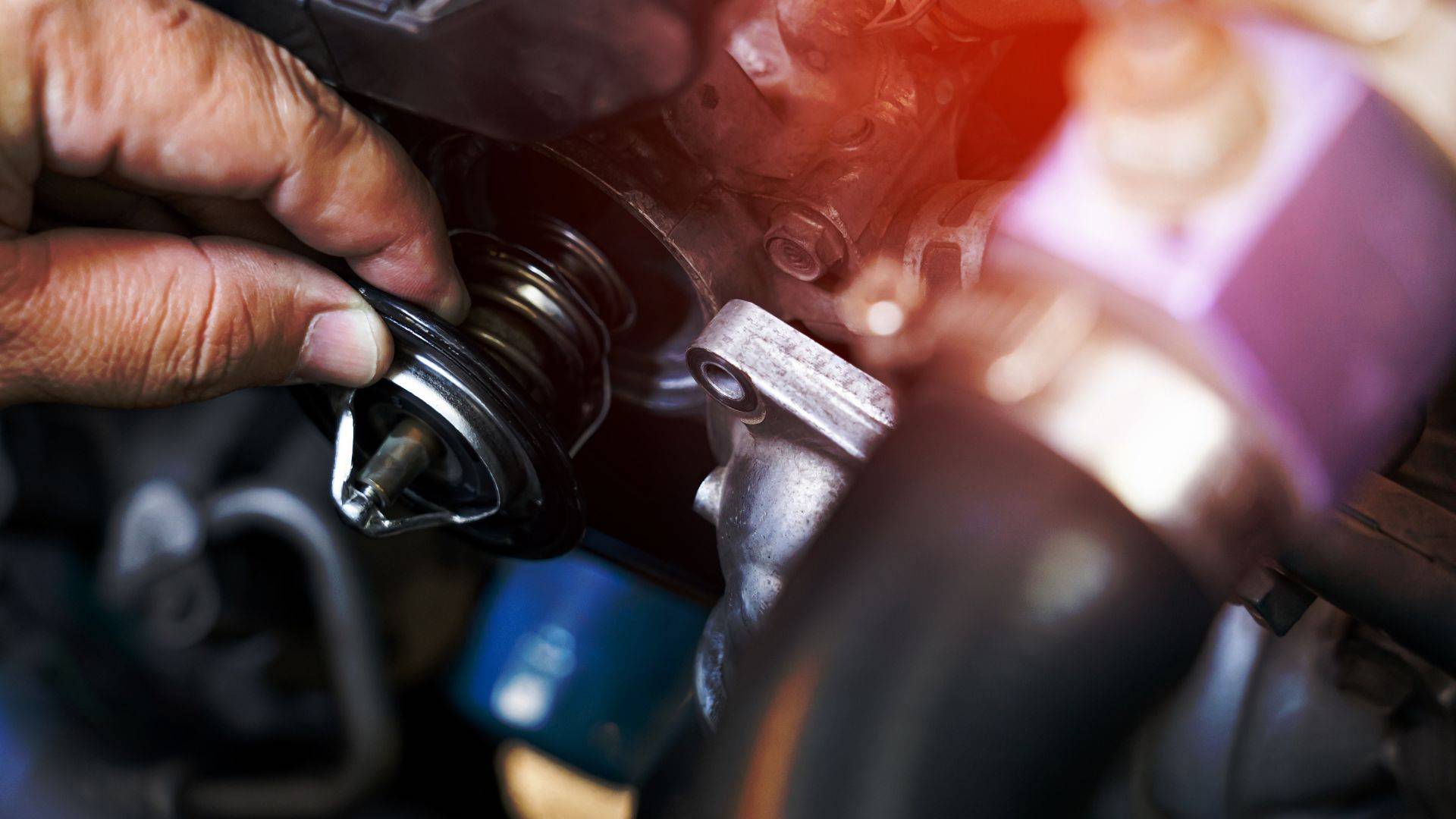
Car Thermostats: Understanding Lack of Heat, Overheating, and Common Symptoms
The thermostat is a crucial component of a vehicle's cooling system. It helps regulate the engine temperature by controlling the flow of coolant through the radiator. However, when a thermostat malfunctions, it can lead to various problems, including a lack of heat in the cabin and engine overheating. In this article, we will explore the symptoms associated with faulty thermostats and their potential causes.
Lack of Heat in the Cabin:
One of the most common symptoms of a malfunctioning thermostat is a lack of heat inside the vehicle's cabin. If you notice that your heater is blowing cold air even when set to maximum heat, it may indicate a problem with the thermostat. The thermostat may be stuck open, causing coolant to constantly flow through the radiator instead of circulating through the engine to warm it up.
Engine Overheating:
Another significant symptom of a faulty thermostat is engine overheating. A properly functioning thermostat helps maintain the engine at an optimal operating temperature range. However, if the thermostat fails in the closed position, it restricts or completely blocks the flow of coolant to the radiator. This can cause the engine to overheat rapidly, potentially leading to severe damage if not addressed promptly.
Fluctuating Temperature Gauge:
A malfunctioning thermostat can also cause the temperature gauge on your dashboard to fluctuate erratically. You may notice that the gauge moves from normal operating temperature to hot and back again without any apparent reason. This behavior indicates an inconsistent flow of coolant due to a faulty thermostat.
Coolant Leaks:
In some cases, a damaged or stuck thermostat can lead to coolant leaks. If you notice puddles of coolant under your vehicle or observe a decrease in coolant levels without any visible signs of leaks elsewhere in the system, it may be due to a faulty thermostat allowing coolant to escape.
Rapid Changes in Engine Temperature:
A malfunctioning thermostat can cause rapid changes in engine temperature during normal driving conditions. You might notice that the engine goes from operating at a normal temperature to suddenly becoming excessively hot or vice versa. These sudden fluctuations may indicate problems with the thermostat's ability to regulate coolant flow effectively.
Causes of Thermostat Issues
Several factors can contribute to thermostat malfunctions:
• Stuck Open: When a thermostat gets stuck open, it remains in the open position, allowing coolant to continuously flow through the radiator instead of reaching operating temperature.
• Stuck Closed: If a thermostat becomes stuck closed, it restricts or blocks coolant flow, leading to overheating.
• Wear and Tear: Over time, thermostats can wear out due to exposure to extreme temperatures and constant use.
• Contaminants: A buildup of contaminants like rust or debris can affect proper thermostat operation.
Your vehicle also has a Fail-Safe Thermostat in cases of overheating.
What is a Fail-Safe Thermostat?
A fail-safe thermostat is designed to provide extra protection against overheating. Unlike regular thermostats that can get stuck in the open or closed position, fail-safe thermostats have a unique design that allows them to remain partially open even during a failure.
How Does a Fail-Safe Thermostat Work?
Traditional thermostats open fully when the engine reaches operating temperature and closes completely when it cools down. Fail-safe thermostats have a secondary valve or bypass mechanism that remains partially open in case of a failure. This allows some coolant flow to prevent overheating until the main thermostat issue is addressed.
Benefits of Fail-Safe Thermostats:
• Overheating Prevention: Fail-safe thermostats help prevent engine damage by allowing limited coolant flow during a thermostat failure.
• Engine Protection: They protect critical engine components from excessive heat, extending their lifespan.
• Increased Reliability: Fail-safe thermostats offer an additional layer of reliability, ensuring optimal engine temperature even during a main thermostat problem.
• When to Consider a Fail-Safe Thermostat: Consider installing a fail-safe thermostat if you frequently drive in extreme weather conditions, experience cooling system issues, or desire added peace of mind and engine protection.
Vehicle thermostats play a critical role in maintaining optimal engine temperature and ensuring proper heating inside the cabin. Recognizing symptoms such as lack of heat, engine overheating, fluctuating temperature gauge, coolant leaks, and rapid changes in engine temperature can help identify potential issues with thermostats. If you experience any of these symptoms, it's important to have your vehicle inspected by a qualified mechanic who can diagnose and replace a faulty thermostat if necessary. Regular maintenance and timely repairs will help ensure reliable performance and prevent more severe cooling system problems down the road.
PartSource has you covered with a wide selection of Thermostats & other Auto Parts. Find them here:
 Loading . . .
Loading . . .

